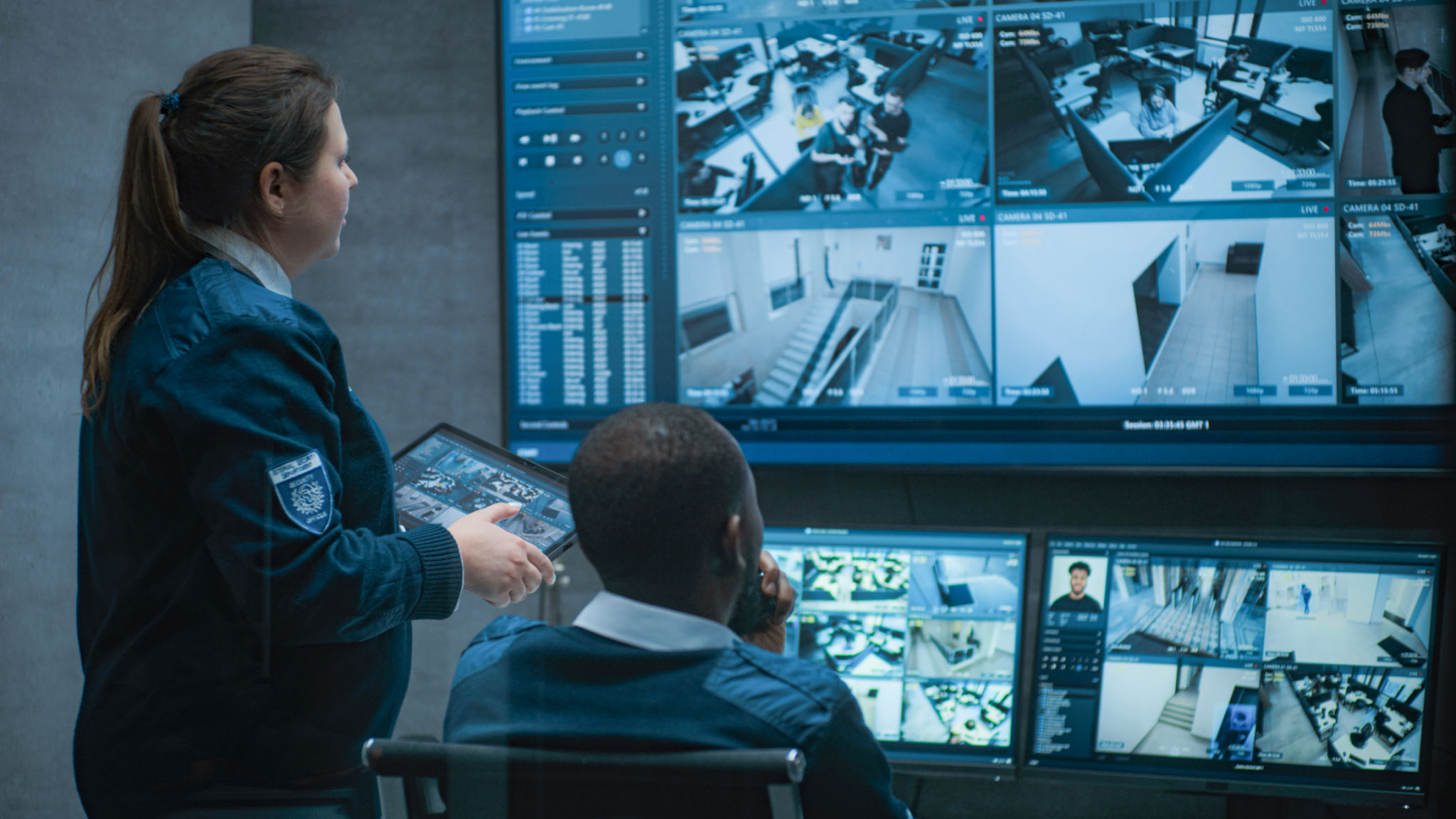Ensuring Safety and Security: Best Practices for Australian Building Managers
Understanding the Importance of Safety and Security
Ensuring the safety and security of a building is paramount for any building manager in Australia. With a variety of regulations and standards to adhere to, maintaining a secure environment is a continuous process. Building managers are tasked with protecting not only the infrastructure but also the residents and occupants. This involves a proactive approach to risk assessment and implementing best practices.
Building managers must stay informed about the latest security technologies and strategies to effectively safeguard their premises. Regular updates and training in security protocols can make a significant difference in managing potential threats. By prioritizing safety, managers can provide peace of mind to all building occupants.

Conducting Regular Risk Assessments
A crucial part of ensuring safety is conducting regular risk assessments. These assessments help identify potential vulnerabilities within the building and its surroundings. It’s essential to evaluate both physical and operational aspects, such as entry points, lighting, and surveillance systems.
Risk assessments should involve a thorough examination of existing security measures and their effectiveness. Involving security experts can provide an unbiased perspective and uncover areas that may need improvement. Regular assessments ensure that building managers can address new risks promptly and efficiently.
Implementing Advanced Security Systems
Technology plays a vital role in modern building security. Implementing advanced security systems such as CCTV cameras, alarm systems, and access control technologies can significantly enhance safety. These systems not only deter criminal activities but also aid in quick response during emergencies.

Access control systems are particularly beneficial as they restrict unauthorized entry and keep track of who enters and exits the building. When combined with biometric systems or keycard access, they offer enhanced security levels. Building managers should ensure that these systems are regularly maintained and updated to prevent malfunctions.
Training Staff and Occupants
Another key aspect of security management is training staff and building occupants. Everyone should be aware of the security protocols in place and understand their role in maintaining safety. Regular training sessions can help reinforce these protocols and update everyone on any changes.
Building managers should organize workshops or drills to prepare for different scenarios, such as fire evacuations or lockdowns. Encouraging open communication allows occupants to report suspicious activities or potential hazards promptly.

Ensuring Compliance with Regulations
Compliance with local and national safety regulations is non-negotiable for building managers. In Australia, various codes and standards govern the safety requirements for buildings, such as the Building Code of Australia (BCA) and Work Health and Safety (WHS) regulations.
Staying updated with these regulations ensures that the building not only meets legal requirements but also maintains high safety standards. Regular audits and inspections can help identify compliance gaps, allowing managers to address them before they become significant issues.
Establishing an Emergency Response Plan
An effective emergency response plan is critical for any building. This plan should cover various scenarios, detailing procedures for evacuation, communication protocols, and roles of different team members during emergencies.
Regular drills help familiarize occupants with the emergency response plan, ensuring everyone knows what to do in case of an emergency. Building managers should review and update this plan regularly to incorporate new risks or changes in the building structure.
Building a Culture of Safety
Creating a culture of safety within the building is essential for long-term security. Encouraging occupants to take an active role in maintaining their environment can foster a sense of community responsibility.

Promoting safety awareness through newsletters, posters, or community meetings keeps security top of mind for everyone involved. A united approach to safety can significantly reduce risks and enhance overall security.
Conclusion: The Role of Building Managers
The role of building managers in ensuring safety and security cannot be overstated. By implementing best practices, staying informed on regulations, and leveraging technology, managers can create a secure environment for all occupants.
Ultimately, a proactive approach to safety management not only protects the building but also enhances the quality of life for its residents. With dedication and vigilance, building managers can ensure their premises remain safe havens in an ever-evolving landscape of security challenges.
